|
|
|||
|
(Back to Preceding Week; on to Next Week) |
|
NOTE 1: We spent three weeks banding hummingbirds in Costa Rica in early 2008. The following account is a wrap-up, with speculation about possible hummingbird migration routes. Banding results from this year's expeditions are summarized under Weeks One, Two, and Three. To get the "big picture," we encourage you to examine those three text-and-photo reports before reading further on this page. NOTE 2: We've already scheduled three exciting nine-day hummingbird expeditions to Costa Rica for 2009: 24 January-1 Feb, 3-11 Feb, and 13-21 Feb. For more information see 2009 Hummingbird Expeditions and contact EDUCATION. COSTA RICA HUMMINGBIRDS 2008:
PROLOGUE: On the morning of 11 February 2008, four people piled into a car at Buena Vista Lodge (below)--halfway up the Rincon de la Vieja volcano in Guanacaste Province, Costa Rica--and drove downhill, eventually turning right on the Pan American Highway. Two of them--naturalist/guide Ernesto Carman Jr. and trip leader/hummingbird bander Bill Hilton Jr.--had just spent 16 days with two groups of citizen scientists who came from the U.S. and Canada to help us capture, band, and observe Ruby-throated Hummingbirds, Archilochus colubris, in Aloe Vera fields near Canas Dulces and Liberia. The other two passengers--Ernesto's girlfriend (Elaida Villanueva Mayorga) and his dad (Ernie Carman)--had come over from the San Jose area of eastern Costa Rica the day before to join us. The following account explains why this group of four--known collectively as Krazy '08s Delta--were heading north toward the Nicaraguan border on a hummingbird scouting mission.
All maps, text & photos © Hilton Pond Center DELTA GROUP ON THE ROAD: In autumn, when the vast majority of Ruby-throated Hummingbirds depart North American breeding sites such as Hilton Pond Center, we always think about the long journey lying ahead for these little three-gram dynamos. Based on sightings from oil platforms and ships at sea there's evidence at least some RTHU fly up to 500 non-stop miles across the Gulf of Mexico before making landfall on or near the Yucatan Peninsula; other ruby-throats appear to take an overland route along the Texas Gulf Coast into Mexico. In either case, one BIG question is exactly where they go from there. Although most sources say the majority of RTHU overwinter in central or southern Mexico, they can be found in any of the seven Central American countries from Belize to northern Panama. Within Costa Rica, ruby-throats are essentially absent from the Caribbean provinces, but our four years of work in Guanacaste shows they are common a few miles inland from the northwest Pacific coast--and even ABUNDANT in Aloe Vera plantations. So, we ask, how do all those RTHU get into Guanacaste? All maps, text & photos © Hilton Pond Center Click on map above to open a larger version in a new browser window The above map of Central America is modified from a composite photo produced during NASA's Shuttle Radar Topography Mission (Feb 2000). It illustrates why we're perplexed over how ruby-throats disperse into Guanacaste--especially when we take note of the extent and height of mountain ranges throughout Central America. Hummers that cross the Gulf of Mexico and land on the Yucatan Peninsula have no significant topographic barriers moving southward until they reach central Guatemala, where extensive volcanic ridges would require they migrate at high altitudes. However, if they simply follow the Caribbean coastline southward through Mexico and Belize and east past Honduras, RTHU eventually would end up in eastern and southern Nicaragua and be able to move unimpeded into eastern Costa Rica. The map shows from that point they'd still face having to cross a central volcanic ridge to get to Guanacaste, but that seems to be a moot point; experts such as Ernesto Carman Jr.--our in-country guide who looks for ruby-throats throughout Costa Rica--report the species is rare to absent on the eastern side of the central ridge. So, then, how DO Ruby-throated Hummingbirds get into Guanacaste? Having pored over Google Earth and topographic maps, we found towering volcanic ridges in the way at almost every potential RTHU route into Costa Rica. Thus, we've recently begun to think these Neotropical hummers might come to our aloe fields by migrating past the WESTERN edge of Lake Nicaragua and entering Costa Rica on the Pacific side--following that narrow strip of land between the big lake and the ocean. But if that's the case, how might they get to western Nicaragua in the first place?
All maps, text & photos © Hilton Pond Center To answer THAT question, we need to zoom out a little on our Space Shuttle map and focus on southern Mexico (above). From this perspective we see Mexico has plenty of imposing mountains that could impede southerly migration, but on close inspection we also note that just southeast of Veracruz MX is a gap in the ridge. Might this pass be a place where Ruby-throated Hummingbirds could cross over to the Pacific side of Central America without having to fly over ANY mountains? If they shoot the gap near Veracruz it looks like just following the Pacific Coast might be a feasible, relatively easy, and SHORTER route for migrant ruby-throats to get into southwestern sections of Guatemala, El Salvador, Honduras, Nicaragua, and--eventually--Costa Rica and even Panama.
All maps, text & photos © Hilton Pond Center This "Veracruz Gap" hypothesis is why the Krazy '08s Delta group was driving toward Nicaragua on the morning of 11 February 2008: To explore the local terrain to see whether it might contain a migration route for Ruby-throated Hummingbirds. We were looking primarily for waterways, valleys, and forest corridors, or for other natural features that might guide hummers southward. We explored several dirt roads that went east from the Pan American Highway into Guanacaste National Park (see road map above), but all were on level ground through unbroken dry forest and didn't seem very promising. Eventually we drove east on CR4 toward Santa Cecila, over hill and dale past extensive orange groves and across several small streams. Although this part of Guanacaste is less than 40 miles north of Canas Dulces, the climate was a bit different--as indicated by a greater abundance of epiphytic orchids and bromeliads on area trees. We even ran into a heavy rainstorm--the first precipitation we had experienced in almost three weeks in Costa Rica. Along the way we saw a few ruby-throats, but not many. North of La Cruz and less than ten miles south of the Nicaraguan border we found another less-traveled road that went east. It was paved for a while but changed to dirt--just about at the Rio Sapoa, for which we had been looking all morning. To be honest, we were disappointed not to encounter swarms of Ruby-throated Hummingbirds along the rocky banks of Rio Sapoa (below left). Concentrations there might have supported our conjecture that RTHU do enter Costa Rica west of Lake Nicaragua. Of course, our whole premise that Ruby-throated Hummingbirds enter Guanacaste via Pacific lowlands because volcanic ridges interfere with migration may not be valid. After all, we have seen RTHU at Buena Vista Lodge in Costa Rica halfway up the Rincon de la Vieja at 2,400 feet, and we know of an American expatriate in southern Guatemala who has ruby-throats visiting her feeders at 6,000 feet. We're not aware of large concentrations of wintering RTHU at high elevations anywhere in Mexico or Central America; it may be they pass over mountains in migration before descending to lower elevations. Incidentally, conventional wisdom is that when ruby-throats migrate over land they do so by day--flying just above treetop height so they can see patchy sources of nectar--but the relationship between RTHU migration and topographical elevation is not known.
All maps, text & photos © Hilton Pond Center About the only way to get a handle on this question of how RTHU get into Costa Rica is to return to the Rio Sapoa valley in November 2008, i.e., prior to January and February 2009 when we will again visit Guanacaste to band ruby-throats. So that's our plan. Ernesto has agreed to meet us at the Liberia airport and to drive around the hinterlands of northwestern Costa Rica in early November--right about when ruby-throats should be arriving en masse at Guanacaste. Assuming we can scrape together funds for lodging and a plane ticket from Charlotte to Liberia, we expect to be there at that very same time to further test our hypothesis that Ruby-throated Hummingbirds enter Costa Rica via the west coast of Nicaragua. If we're right, a mist net across the Rio Sapoa just might capture a whole bunch of migrant ruby-throats--maybe even some that show up a few months later a little further south in the aloe fields at Canas Dulces.
All maps, text & photos © Hilton Pond Center POSTSCRIPT #1: We're interested in hearing from anyone who has thoughts on our conjecture that migrating Ruby-throated Hummingbirds cross the Mexican mountains near Veracruz and fly south along the Pacific Coast of Central America. Please also let us know if you're aware of concentrations of ruby-throats ANYWHERE on their wintering grounds from Mexico to Panama. Just send a note to RESEARCH. POSTSCRIPT #2: If the Rio Sapoa turns out to be a good migratory route in autumn, maybe we also need to check it out in March when Ruby-throated Hummingbirds are heading back north. (With all these unanswered questions about ruby-throat migration we might have no choice but to move to Costa Rica for the winter months.)
Comments or questions about this week's installment?
Thanks to the following fine folks for recent gifts in support of Hilton Pond Center for Piedmont Natural History and/or Operation RubyThroat: The Hummingbird Project. Your tax-deductible contributions allow us to continue writing, photographing, and sharing "This Week at Hilton Pond." (Please see Support if you'd like to make a gift of your own.)
IMPORTANT NOTE: If you ever shop on-line, you may be interested in becoming a member of iGive, through which nearly 700 on-line stores from Barnes & Noble to Lands' End will donate a percentage of your purchase price in support of Hilton Pond Center and Operation RubyThroat. For every new member who signs up and makes an on-line purchase iGive will donate an ADDITIONAL $5 to the Center. Please sign up by going to the iGive Web site; as of this week, 117 members have signed up to help Hilton Pond Center. It's a painless, important way for YOU to support our work in conservation, education, and research. "This Week at Hilton Pond" is written & photographed You may wish to consult our Index of all nature topics covered since February 2000. You can also use our on-line Hilton Pond Search Engine at the bottom of this page. For a free, non-fattening, on-line subscription to |
|
Make direct donations on-line through
Network for Good: |
|
|
LIKE TO SHOP ON-LINE?
Donate a portion of your purchase price from 700+ top on-line stores via iGive: |
|
|
Use your PayPal account
to make direct donations: |
|
| The highly coveted Operation RubyThroat T-shirt --four-color silk-screened--is made of top-quality 100% white cotton--highlights the Operation RubyThroat logo on the front and the project's Web address (www.rubythroat.org) across the back.
Now you can wear this unique shirt AND help support Operation RubyThroat: The Hummingbird Project and Hilton Pond Center. Be sure to let us know your mailing address and adult shirt size: Small (suitable for children), Medium, Large, X-Large, or XX-Large. These shirts don't shrink! Price ($21.50) includes U.S. shipping. A major gift of $1,000 gets you two Special Edition T-shirts with "Major Donor" on the sleeve. |
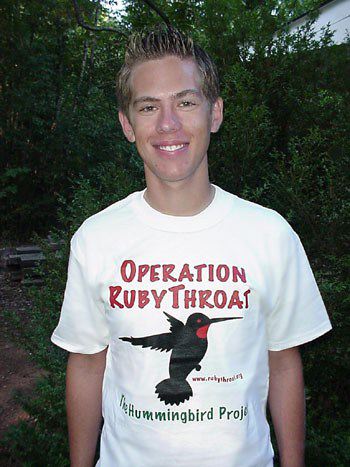
Need a Special Gift just in time for the Holidays? (Or maybe you'd like to make a tax-deductible donation during 2007) If so, why not use our new handy-dandy on-line Google Checkout below to place your secure credit card order or become a Major Donor today? |
|
|
|
|
SPECIES BANDED THIS WEEK: * = New species for 2008 WEEKLY BANDING TOTAL 6 species 143 individuals YEARLY BANDING TOTAL (2008) 9 species 231 individuals 27-YEAR BANDING GRAND TOTAL (since 28 June 1982) 124 species 50,398 individuals NOTABLE RECAPTURES THIS WEEK (with original banding date, sex, and current age)
American Goldfinch (5)
01/31/05--after 5th year female 02/11/05--5th year male 02/26/06--4th year male 12/22/06--after 3rd year male 01/17/07--after 3rd year male Purple Finch (6)
|
OTHER NATURE NOTES OF INTEREST --We're always amazed at the clusters of same-age birds that return in winter to Hilton Pond Center and are recaptured within a day or two of each other. Four after-fifth-year Purple Finches we caught this week (below left) are a prime example. --We barely had time to catch our breath after Costa Rica before jetting off to Washington DC, where we were privileged on 20 Feb to be keynote speaker at the National Zoo for a symposium on behalf of horticulturists, landscapers, and botanists from the Smithsonian Institution--as well as volunteers from many public gardens in the DC area. Among our topics was the importance of hummingbirds as pollinators. The following day we gave a public program about hummingbirds and hummer habitats for the U.S. Botanic Garden. (Please contact EDUCATION if you're interested in scheduling a natural history lecture or workshop at your own facility.)
|
|
|
|
(Back to Preceding Week; on to Next Week) Up to Top of Page Back to This Week at Hilton Pond Center Current Weather Conditions at Hilton Pond Center |
 You can also post questions for The Piedmont Naturalist |
Join the |
Search Engine for |
|
|
diverse singles

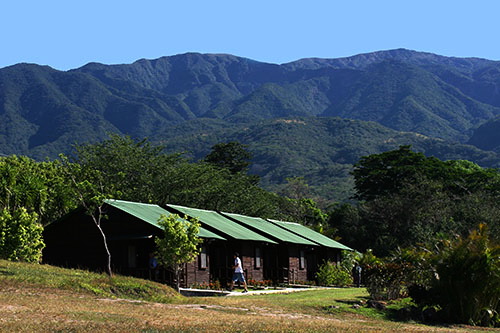
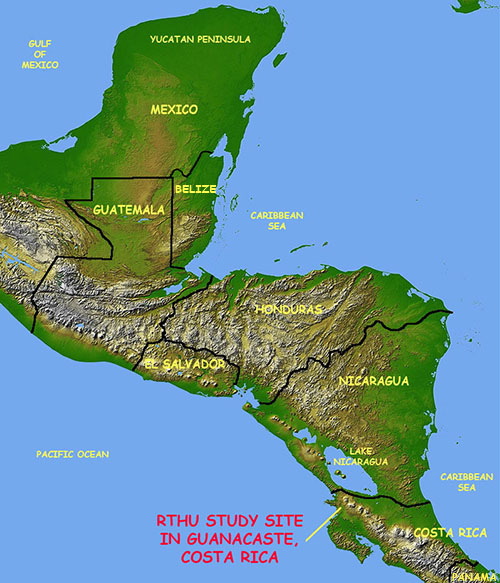
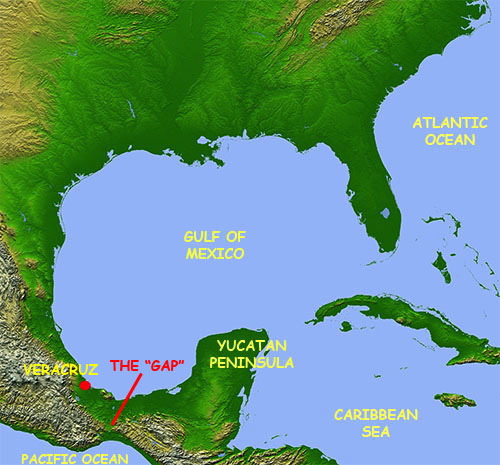

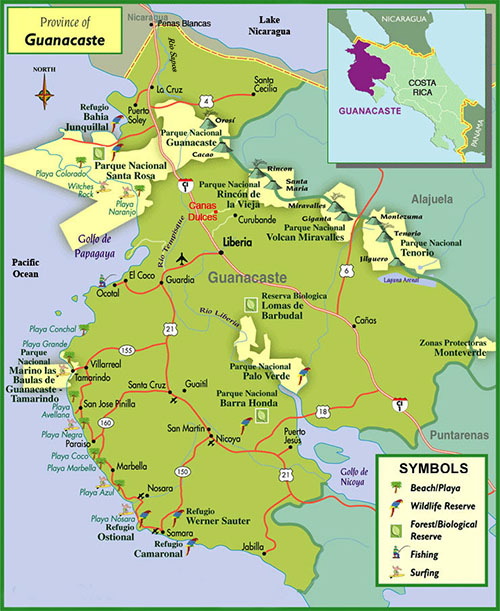
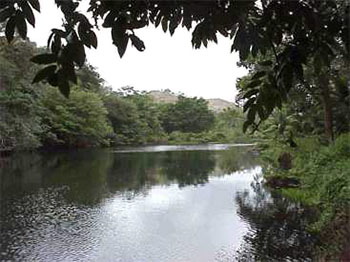 This particular river (right) arises on the slopes of Orosi volcano--the last major peak in Costa Rica--and flows almost due north into the southwest corner of Lake Nicaragua. It seemed to us this river valley might be a natural pathway for ruby-throats coming into Guanacaste from the west side of Nicaragua. With enthusiasm Ernesto aimed his car across the Sapoa--30 yards wide but less than a foot deep at this point--and drove on for a few miles to check out local habitat. Unfortunately, there were no ruby-throats to be seen, so Ernesto turned around and re-forded the river as we headed back south toward our usual aloe fields for an afternoon of netting and banding.
This particular river (right) arises on the slopes of Orosi volcano--the last major peak in Costa Rica--and flows almost due north into the southwest corner of Lake Nicaragua. It seemed to us this river valley might be a natural pathway for ruby-throats coming into Guanacaste from the west side of Nicaragua. With enthusiasm Ernesto aimed his car across the Sapoa--30 yards wide but less than a foot deep at this point--and drove on for a few miles to check out local habitat. Unfortunately, there were no ruby-throats to be seen, so Ernesto turned around and re-forded the river as we headed back south toward our usual aloe fields for an afternoon of netting and banding. It's possible such a phenomenon DOES happen and that we saw no ruby-throats because there weren't that many flowering plants near the road--or perhaps because by mid-February they had already wandered further south into Guanacaste.
It's possible such a phenomenon DOES happen and that we saw no ruby-throats because there weren't that many flowering plants near the road--or perhaps because by mid-February they had already wandered further south into Guanacaste.



 Oct 15 to Mar 15:
Oct 15 to Mar 15: